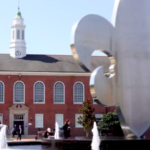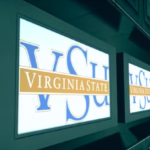Bridges To Nowhere
Before reading between the lines, you should learn to read the actual sentences that make up those bridges. Unfortunately, too often they are bridges to nowhere.
“How do we make class issues relevant for literature students in a way that is not just about what is inside a text, and thus conveniently distanced from their own lives and influences and choices?” Janet Galligani Casey asks in the December 2009 issue of Radical Teacher, “a socialist, feminist and anti-racist journal on the theory and practice of teaching.”
“This question has long troubled me, especially since I teach at a selective liberal arts college, Skidmore, where the majority of students—the children of educated parents from relatively affluent communities, with an established interest in the arts—would be considered privileged,” Casey explains. “While these students are eager to study literature and earnest in their desire to consider texts that focus on socioeconomic conditions different from their own, they too often seem safely removed from any of the class tensions represented.”
“How might I engage their class positions more fully within the parameters of a literary studies course?” Casey muses.
“As one response to this problem, I have developed an advanced course, titled Literature, Class, and Culture, which not only showcases class-oriented texts but also pays particular attention to class-inflected aspects of literary history, especially the politics of production and dissemination.” BTW, Radical Teacher is published by the board of trustees of the University of Illinois.
Malcolm A. Kline is the Executive Director of Accuracy in Academia.




